Contemplate Six Famous Gates in Viet Nam
VGP – Six renowned gates in Viet Nam with rich values in terms of history, culture, art and architecture are fantastic destinations for both domestic and foreign visitors.
 |
|
Doan Mon Gate |
Construction materials and remaining architectural style of the relics can tell that current Doan Mon was built under the Le Dynasty and restored in the Nguyen Dynastry.
The monument is situated in the south of the Kinh Thien Palace on the same axis with Ha Noi Flag Tower. Doan Mon was built horizontally in U-shape.
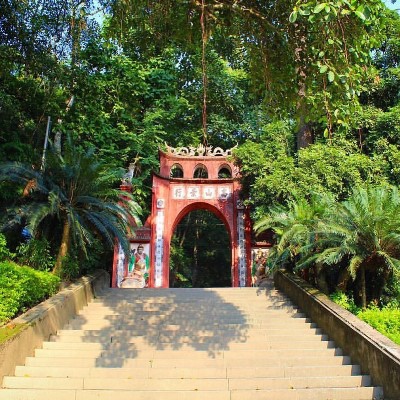 |
|
The stone gate at Hung King Temple |
The stone gate at Hung King Temple in the northern province of Phu Tho was built in the second reigning year of Khai Dinh (1917). Its two sides are embossed with two boxers.
One is holding a battle-axe while the other holding a lance. On top of the gate are 4 large-Han script "Cao son canh hanh" (high mountain and wide road).
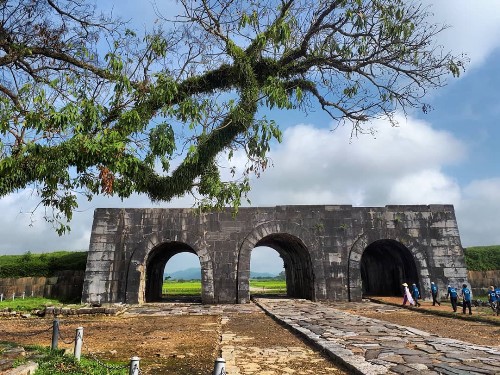 |
|
The South Gate in the Ho Dynasty Citadel |
The South Gate in the Ho Dynasty Citadel is located in the central province of Thanh Hoa. The citadel, a unique stone architecture, was built in 1397, when King Ho Quy Ly (1336-1407) ordered a stone structure to be built to protect against the Ming invaders.
The South gate, standing nearly 10m high with walls which are 4-5m wide, slopes slightly inside the citadel. The walls, made from blocks of stones without using cement, weigh up to 20 tonnes each.
The Ho Dynasty Citadel was recognized by UNESCO as a world cultural heritage site in 2011.
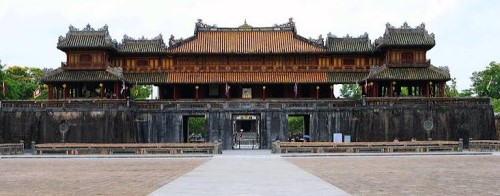 |
|
Ngo Mon Gate |
Ngo Mon Gate is the main entrance in the south and the largest one among the four main gates of the Hue Citadel in the central province of Thua-Thien Hue.
Ngo Mon Gate faces the South with the overall structure of perpendicular U-shaped construction, in which its bottom is located in the Citadel with arms reaching out. The main gate is divided into two parts: below is the ground level and above is a pavilion.
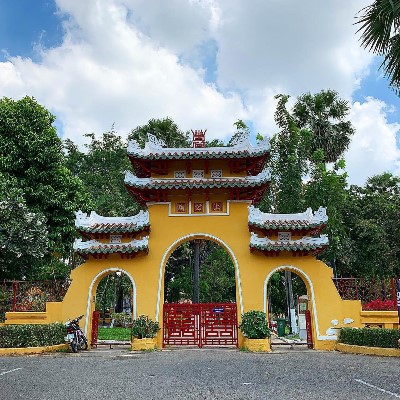 |
|
The main gate in the south at Lang Ong Ba Chieu |
The main gate in the south at Lang Ong Ba Chieu
The project was built according to the project of architect Nguyen Van Tan in 1949 and used to be the symbol of Ho Chi Minh City.
Lang Ong, also known as the Tomb of the Marshal in Ba Chieu is the resting place of General Le Van Duyet who was the Governor of Gia Dinh Citadel in the 19th century.
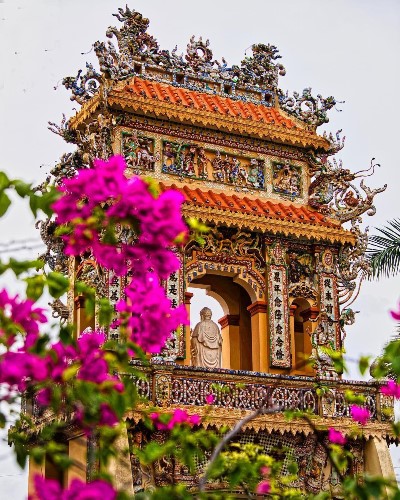 |
|
Three-door gate at Vinh Trang Pagoda |
Three-door gate at Vinh Trang Pagoda in the southern province of Tien Giang is decorated with the statues of the dragon, unicorn, mandarin and phoenix.
The gate was made by Hue artisans. Decorative materials made of porcelain with blue graze creates iridescent colors.
By Thuy Dung

